When examining the American Supreme Court decision to overturn Roe v Wade, abortion is not the only matter worth scrutinising.
Attitudes to terminations are divisive, shaped by social, political and religious influences, and the issue is steeped not just in ethical complexity, but human sadness. Distressed rape and incest victims, frightened teenage girls after drunken escapades, abandoned partners, impoverished families.
But, whatever our personal stance, there is an aspect of the judges’ decision that should concern all of us: the hijack of the democratic process.
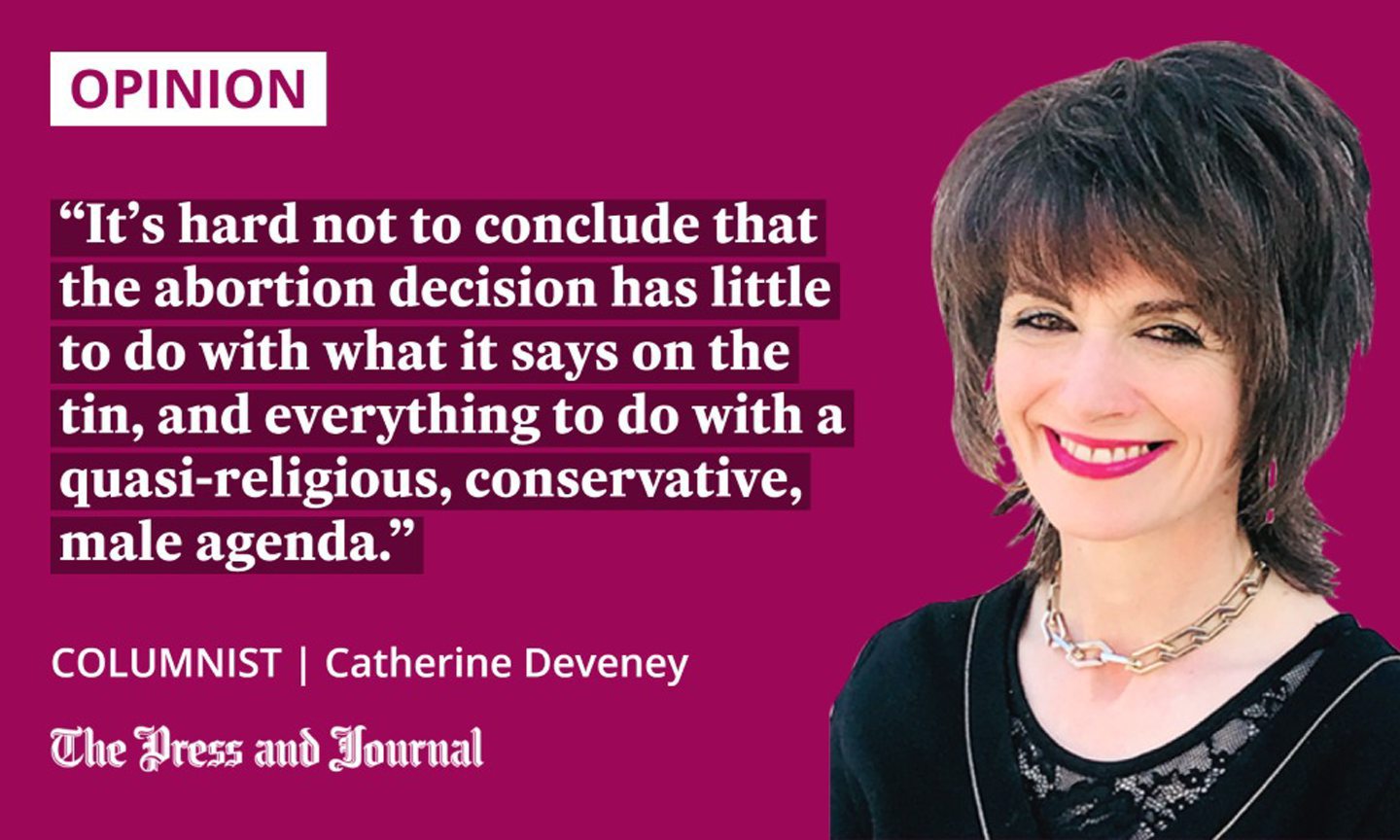
Last week, six men and three women held the lives of 331 million American adults in their hands. Six judges, only one of whom was female, restricted the fertility rights of over 163 million women. That level of power is staggering. Dig a little deeper, and it becomes sinister.
Examine, first, the notion that the anti-abortion stance is “pro-life”. This narrative says the judges are defending a philosophical and religious belief: life is sacred. Only God decides matters of life and death.
But, here’s an interesting experiment. Look up the 24 American states that allow the death penalty. Then, look up the states that have trigger laws banning abortion immediately, or imminently, and you will find that every single one appears on that first list.
The sanctity of life? Yes, if it’s a foetus; no, if it’s a felon.
Pro-life vs Death Penalty States
There is an obvious correlation between states that have banned the right to have an abortion, yet demand the right to end life.
On the right, are the states with active death penalty laws. On the left, are the states with active trigger laws pic.twitter.com/x7qhD7z4I7
— Guy Sechrist (@GuySechrist) June 27, 2022
Judge Neil Gorsuch – a Donald Trump appointee – cast his first vote allowing a state to implement the death penalty immediately, because their execution drug was about to expire. A nice little white baby is worth saving. An ethnic minority criminal is not. (In Philadelphia, for example, a black murderer is 40% more likely to be sentenced to death than a white one.)
The boys’ club closed round Justices Thomas and Kavanaugh
Nauseatingly, congresswoman Mary Miller thanked Trump for the appointments that enabled Wade v Roe to be overthrown, thereby “defending white life”.
Trump’s documented boasts that, being a babe magnet, he simply grabs women ‘by the pussy’ meant he was hardly like to care about such accusations – and he didn’t
Trump was open about appointing judges who, he said, would make this decision possible. It has become his toxic leaving gift to America.
Two of his judges – Gorsuch and Brett Kavanaugh – secured their election by promising NOT to overturn Roe v Wade. They have now reneged on that promise, and made a mockery of democracy. Lie and anything is possible. Accountability is for the little people.
But, worse, two of the six judges who voted for this decision – Clarence Thomas and Kavanaugh – have been accused of sexual assault or harassment. Thomas was accused of harassment by a lawyer and academic, Anita Hill, in the 1990s after they worked together at the Department of Education and the Equal Employment Opportunity Commission. Hill took, and passed, two lie detector tests. Thomas refused to take one.
Kavanaugh was accused of sexual assault by several women, including psychology professor Christine Blasey Ford. Trump’s documented boasts that, being a babe magnet, he simply grabs women “by the pussy” meant he was hardly like to care about such accusations – and he didn’t.
The boys’ club closed round Thomas and Kavanaugh, shoving their accusers, serious academics and lawyers, aside. Fiscal impropriety might have threatened the judges’ appointments. Impropriety with women was altogether more acceptable.
Pushing a quasi-religious, conservative, male agenda
So, the fertility rights of a nation have been determined by three key players whose attitude to women is, at least, questionable. Clarence Thomas says rights to both contraception and gay marriage are now also in question.
Despite a spate of recent mass shootings, last week Thomas, backed by the other conservative judges including Kavanaugh, overturned a New York law that limited gun freedoms. They want more control over women than they do over gun-wielding thugs.
According to The New York Times, the judges have been chipping away at the separation of church and state contained in the First Amendment. Hard not to conclude, then, that the abortion decision has little to do with what it says on the tin, and everything to do with a quasi-religious, conservative, male agenda that invests power in men and restricts women. That is not representative of the American majority.
BREAKING: The Supreme Court on Thursday struck down a New York gun law enacted more than a century ago that places restrictions on carrying a concealed gun outside the home.
— Ana Cabrera (@AnaCabrera) June 23, 2022
But, this is not just about feminism. Even some feminists have misgivings about the lack of nuance in slogans about “women’s right to choose”. Ethical dilemmas around the conflicting rights of different parties are the most problematic, particularly when, even within individuals, different sets of interests – material and psychological for example – can conflict.
I once interviewed a woman who gave birth after an abortion because, unknown to her, she was expecting twins. One lived; one died. It prompted a psychological trauma she never anticipated, fundamentally changing her attitude to terminations.
Don’t be distracted from destruction of democracy
Your answer to the question “do you believe in abortion?” depends on answers to lots of other questions.
Do you believe in God? Do you believe life begins at conception? Do you believe the morality of an action is inherent, or shifts according to circumstances, intentions, and consequences?
But, in all the confusing, messy chaos of the ethics, there is one clear thing about the Supreme Court’s decision. This is not democracy.
Catherine Deveney is an award-winning investigative journalist, novelist and television presenter
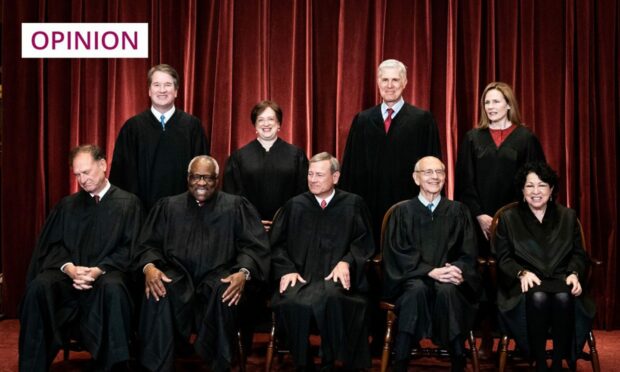
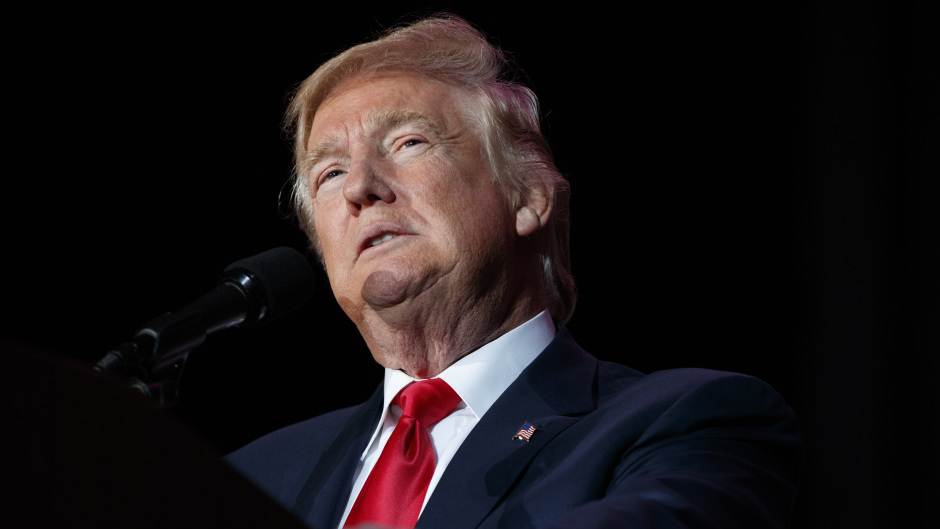
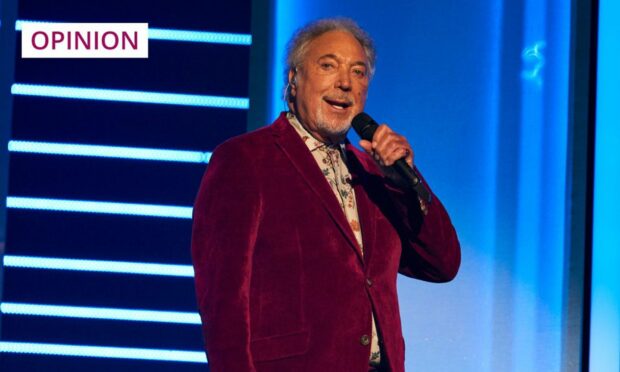
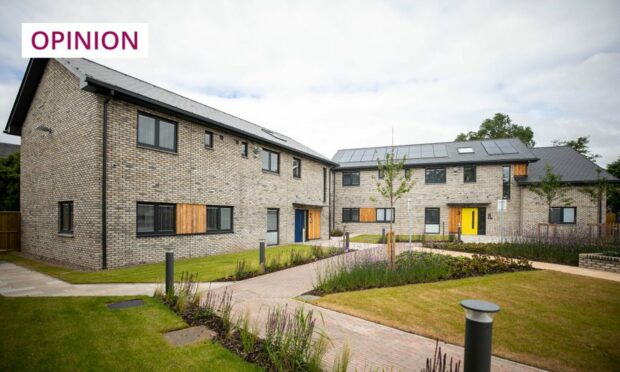
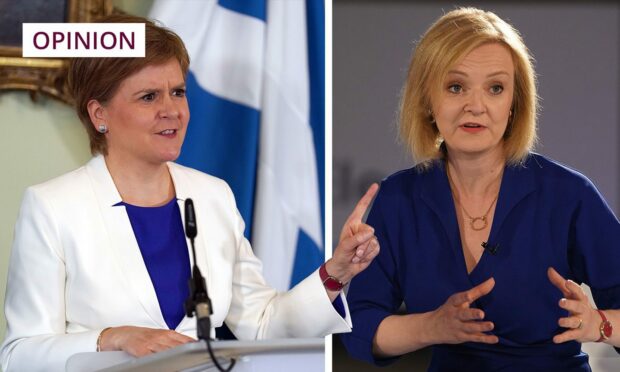
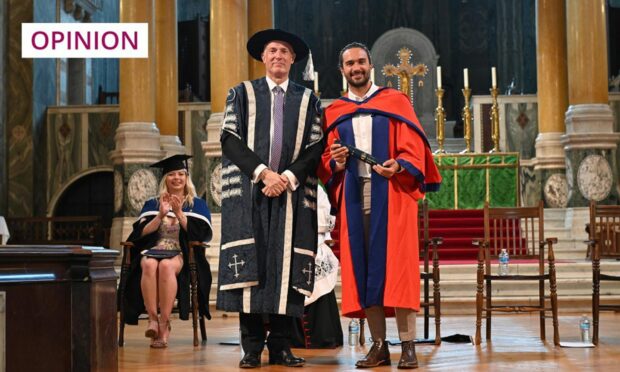
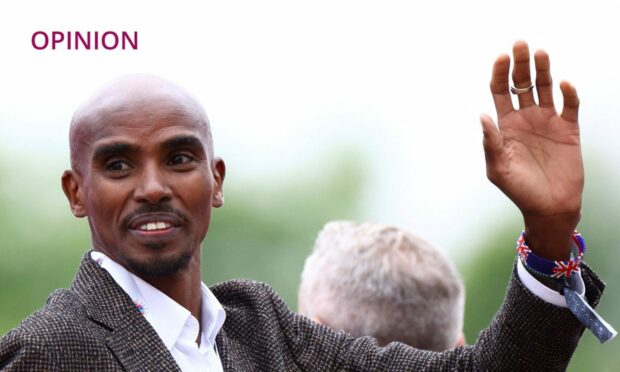
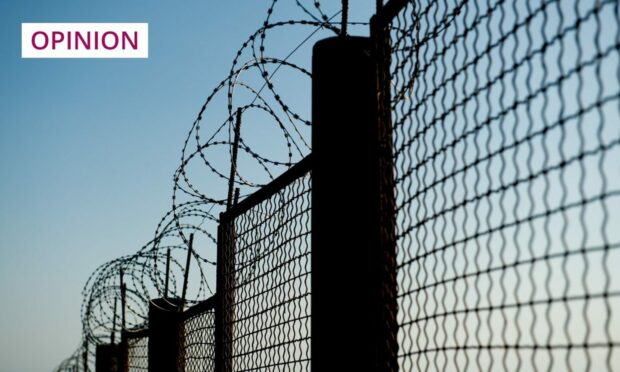
Conversation